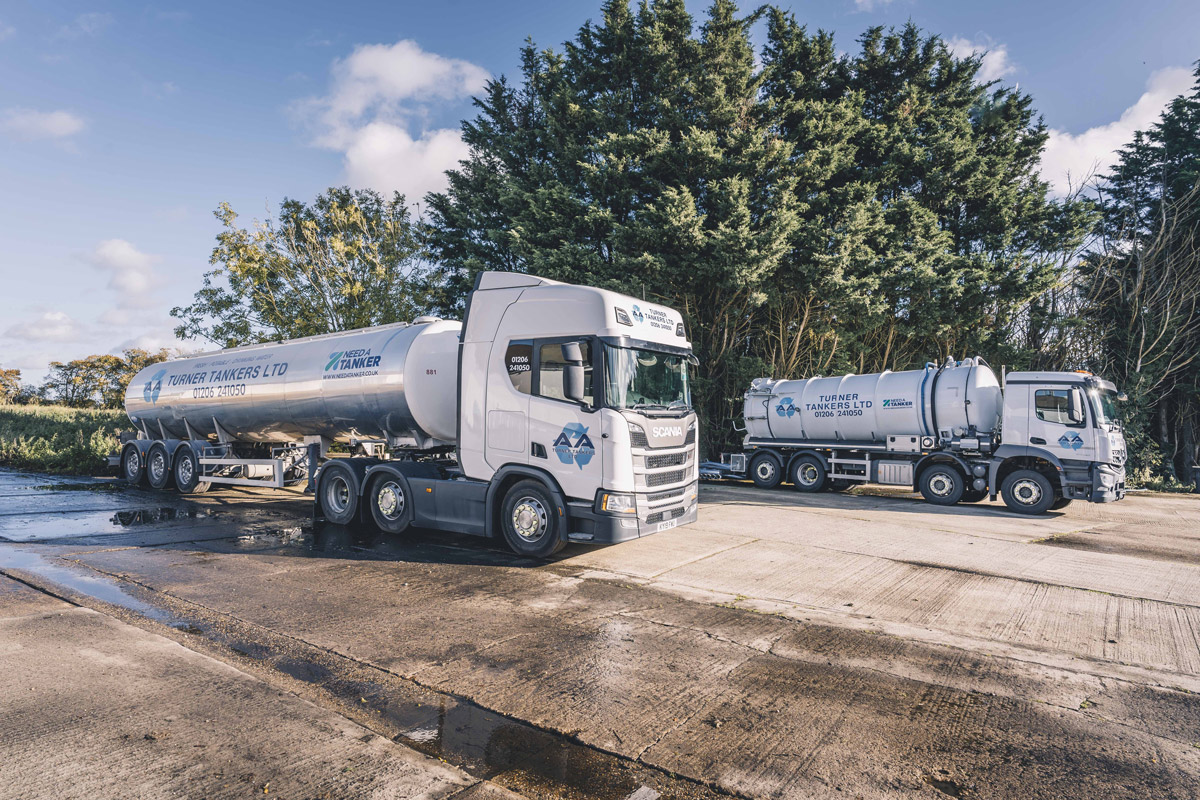Top Guidelines Of Reclaim Waste
Wiki Article
The Reclaim Waste Ideas
Table of ContentsFacts About Reclaim Waste RevealedFacts About Reclaim Waste UncoveredEverything about Reclaim WasteThe Single Strategy To Use For Reclaim WasteGetting My Reclaim Waste To Work
Domestic sewer waste refers to the waste and products from a residential septic tank. The correct administration and disposal of domestic sewage waste need fluid waste to be moved to a sewer therapy plant where the correct approaches and tools are used to detoxify and dispose of waste.
Industrial waste frequently consists of potential dangers, such as flammable materials or a combination of liquid and strong waste products, and requires an advanced and comprehensive disposal process. The disposal of industrial waste generally includes the filtration of waste before transport to make certain safe and appropriate disposal. Hazardous waste is created from byproducts and overflow of commercial procedures and manufacturing.
This type of waste can not make use of the exact same sewage management transportation or procedures as septic or business fluids. The hazardous waste monitoring process requires the evaluation and screening of fluid waste prior to it undertakes the disposal procedure (liquid waste disposal). Drainage waste is the fluid waste that originates from drainage and excess stormwater in extremely inhabited locations or cities
Drainage waste can create contamination and flooding otherwise handled properly. Find out more about drain cleansing and waste administration. Making certain appropriate waste monitoring can stop calamities and minimize environmental damage. Both individuals in domestic settings and professionals in business or manufacturing sectors can gain from understanding the processes and regulations of fluid waste monitoring.
The 3-Minute Rule for Reclaim Waste
Call PROS Solutions today to find out about our waste administration and disposal solutions and the appropriate means to take care of the fluid waste you create.(https://myspace.com/reclaimwaste1)Do you know what takes place to your water when you end, flush the toilet or drain the washing maker? No? Well, it deserves recognizing. This supposed 'wastewater' is not just an important resource but, after treatment, will certainly be released to our land, rivers or the sea. Used water from commodes, showers, bathrooms, kitchen sinks, washings and industrial procedures is referred to as wastewater.

water made use of to cool equipment or tidy plant and devices). Stormwater, you can try this out a kind of wastewater, is overflow that streams from agricultural and city areas such as roofing systems, parks, yards, roads, courses and seamless gutters right into stormwater drains pipes, after rain. Stormwater streams without treatment straight to local creeks or rivers, ultimately getting to the ocean.
5 Easy Facts About Reclaim Waste Described
In Queensland, a lot of wastewater is treated at sewage treatment plants. Wastewater is transferred from residential or commercial websites with a system of sewers and pump stations, recognized as sewage reticulation, to a sewage treatment plant.The Division of Natural Resources suggests city governments regarding managing, operating and keeping sewerage systems and therapy plants. In unsewered areas, city governments might need householders to mount specific or family sewage treatment systems to deal with domestic wastewater from toilets, cooking areas, restrooms and laundries. The Division of Natural Resources authorizes the usage of household systems when they are shown to be reliable.
Most stormwater receives no therapy. In some new neighborhoods, therapy of some stormwater to eliminate litter, sand and crushed rock has started utilizing gross contaminant catches. Wastewater treatment takes place in four phases: Eliminates strong matter. Bigger solids, such as plastics and other things mistakenly discharged to sewage systems, are eliminated when wastewater is passed through displays.
Wastewater after that flows right into huge containers where solids settle and are eliminated as sludge. Grease and scum are skimmed from the surface area. Uses small living organisms referred to as micro-organisms to damage down and remove staying dissolved wastes and great particles. Micro-organisms and wastes are integrated in the sludge. Eliminates nitrogen and phosphorus nutrients that can cause algal flowers in our rivers and threaten water life.
Reclaim Waste Things To Know Before You Buy
Nutrient removal is not offered at all sewer treatment plants because it requires costly specialized equipment. Clear liquid effluent generated after treatment may still contain disease-causing micro-organisms - liquid waste disposal.
A lot of wastewater flows into the sewage system. Under the Act, neighborhood governments provide authorizations and licences for eco pertinent activities (Ages) entailing wastewater launches that might have a neighborhood influence.
What Does Reclaim Waste Do?
Otherwise, examples are considered research laboratory analysis. Commonly several tests are needed to develop the degrees of each of the various pollutants such as oils, heavy metals and pesticides in water. Tracking supplies valid details about water quality and can validate that licence problems are being met. The details obtained with tracking supplies the basis for making water top quality choices.Report this wiki page